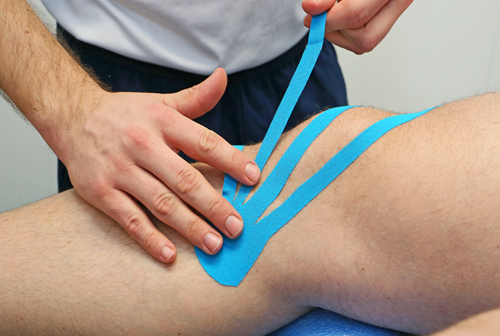Cricket
The most common injuries in cricket are seen in the lumbar spine and lower limbs. Within the lumbar spine, stress fractures are commonly seen in young bowlers. The onset of a stress fracture can be felt from one incidence however is generally a build up of load with bowling that can lead to a stress fracture. For most pain, is felt in the lower part of the back on the opposite side to the bowlers bowling arm, however stress fractures can occur bilaterally. It is thought that young bowlers are more likely to get stress fractures due to the immature make up of their bones. Whilst it will differ from person to person, on average bones don’t reach full maturity until the age of 23. If suspecting a stress fracture, the first thing for a bowler to do is stop bowling and gym based activity until the pain has settled or stress fracture has been ruled out. A CT scan or MRI scan may be used to confirm a stress fracture. Most bowlers return to full function after a period of rest and rehabilitation.
The lower limb injuries commonly seen in cricketers are soft tissue injuries of the hamstrings/quadriceps and calves. These types of strains and tears normally occur whilst running either fielding/batting or bowling. Depending on the degree of strain/tear, they will take been 2 to 8 weeks to return to play. There is some research which suggests performing regular strength training can reduce the risk of injury.
Other injuries which can be seen in cricket can be seen in the fingers and shoulder. Injuries to the fingers normally result in bone or soft tissue injury. If a fracture is suspected, through the presence of deformity, pain/swelling & lack of movement an x-ray should be performed to inform the management of the problem. Depending on the severity of the fracture, some people are able to return quickly to the game with the use of hard splints. Most shoulder problems arise from fielding with playing cricket. Subacrominal impingement syndrome, labral tears and glenohumeral internal rotation dysfunction are common problems of the shoulder routinely seen.
To arrange an appointment or speak to a physiotherapist, call or email on:
Southend on Sea: 01702 521 042 or info@physioacademy.co.uk
Chelmsford: 01245 254 069 or chelmsford@physioacademy.co.uk





























